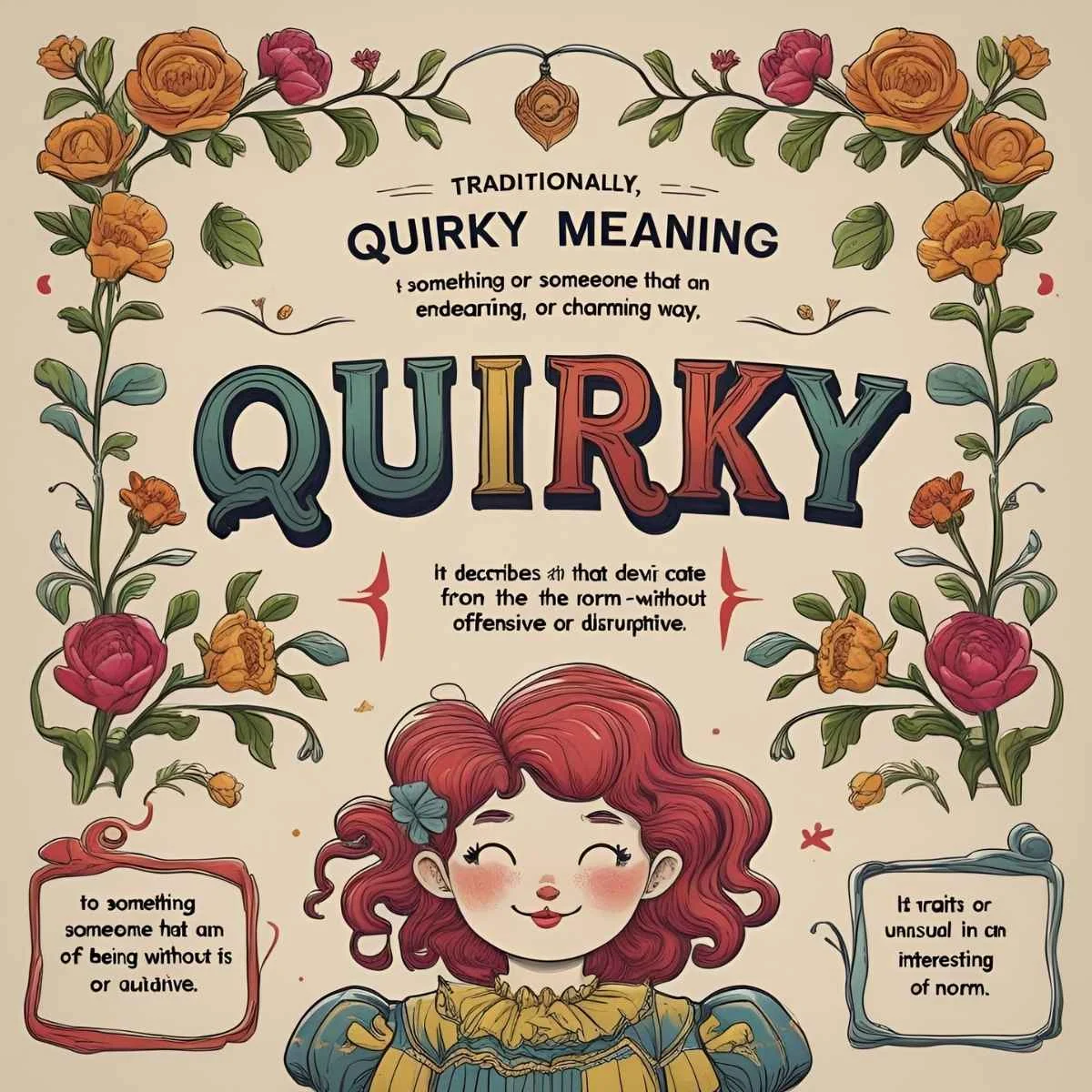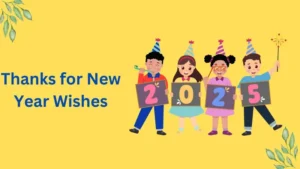In today’s fast-evolving digital and linguistic landscape, the word “quirky” has taken on nuanced meanings far beyond its dictionary definition. Whether you’re seeing it in lifestyle blogs, social media bios, or workplace conversations, understanding the deeper implications of quirky is essential for effective and precise communication in 2025.
This article will dive deep into the meaning of quirky, how it’s used in various modern contexts, and provide updated, professional, polite, and casual alternatives. We’ll also explore how tone, intention, and environment impact your choice of vocabulary and offer 10 hand-crafted examples to showcase how to use “quirky” and its alternatives meaningfully.
🧠 What Does “Quirky” Really Mean in 2025?
Traditionally, quirky refers to something or someone that is unusual in an endearing, interesting, or charming way. It describes traits that deviate from the norm—without being offensive or disruptive.
But in 2025, the word has gained broader connotations due to social media trends, personal branding, and lifestyle aesthetics.
💡 Modern Definition (2025):
“Quirky” refers to a person, action, or object that is delightfully unconventional, expressing individuality, creativity, and often an ironic or humorous twist—without falling into eccentricity or being socially inappropriate.
It’s no longer just about being odd—quirkiness today is intentional, stylized, and even marketable. Think of quirky coffee shop interiors, quirky fashion influencers, or quirky app designs. The term now blends authentic charm with smart, marketable distinction.

📲 How “Quirky” Is Used in Everyday Conversations (Text & Speech)
1. In Personal Bios
- “I’m a quirky tea lover who dances in the rain ☕🌧️”
- Used here to communicate a playful, non-mainstream identity.
2. In Workplace Culture
- “Her ideas are quirky but innovative.”
- Suggests out-of-the-box thinking, potentially useful in creative industries.
3. In Text Messages
- “That’s such a quirky thing to say 😂”
- Casual, humorous, lightly teasing.
4. In Design and Marketing
- “Our brand has a quirky personality—colorful, bold, and unapologetically unique.”
- Used to differentiate the product visually and emotionally.
🧭 When Not to Use “Quirky”
Despite its positive tone, the term quirky can be misused if:
- You are describing behavior that may seem unprofessional in formal contexts.
- It sounds patronizing, especially when describing people with neurodiverse traits.
- It’s overused, which can dilute its charm or make the speaker sound non-serious.

🔄 Polite, Professional, and Casual Alternatives to “Quirky” (2025 Edition)
In many situations, using a direct alternative might enhance clarity and tone. Here are refined alternatives based on tone and setting.
🔹 1. Eccentric (Use with caution)
- Tone: Neutral, sometimes negative
- Use: When referring to extreme or unconventional behavior.
- ✅ Example: “His eccentric style sets him apart in the industry.”
🔹 2. Whimsical
- Tone: Positive, dreamy, artistic
- Use: Describing charming and imaginative qualities.
- ✅ Example: “Her whimsical illustrations capture childhood wonder.”
🔹 3. Offbeat
- Tone: Neutral to positive
- Use: For unconventional ideas or choices.
- ✅ Example: “He enjoys offbeat documentaries about forgotten cities.”
🔹 4. Unconventional
- Tone: Formal
- Use: In academic or professional discourse
- ✅ Example: “Her unconventional approach yielded remarkable results.”
🔹 5. Playful
- Tone: Light and cheerful
- Use: To highlight humor or lightheartedness in behavior or design
- ✅ Example: “The ad campaign uses playful elements to engage young audiences.”
🔹 6. Unique
- Tone: Strongly positive
- Use: To compliment someone’s one-of-a-kind quality
- ✅ Example: “Your perspective is truly unique and valuable.”
🔹 7. Creative
- Tone: Positive, professional
- Use: Especially suitable in workplaces
- ✅ Example: “Her creative thinking pushed the project forward.”
🔹 8. Individualistic
- Tone: Formal, intellectual
- Use: In philosophical or psychological descriptions
- ✅ Example: “His style is deeply individualistic and unapologetically personal.”
🔹 9. Idiosyncratic
- Tone: Intellectual, slightly humorous
- Use: Best used in essays, critiques, or literary writing
- ✅ Example: “The film’s idiosyncratic pacing defies Hollywood norms.”
🔹 10. Lighthearted
- Tone: Friendly
- Use: For people or things that exude cheer and ease
- ✅ Example: “The show adopts a lighthearted tone despite its serious themes.”
💬 10 Handcrafted Examples: Best Use of “Quirky” and Its Alternatives
These examples are custom-created for 2025 communication, reflecting high-level linguistic fluency and nuance.
- “She has a quirky way of organizing her books—by character mood rather than title or genre.”
- “His whimsical storytelling captivated the children from the first word.”
- “That’s such an offbeat choice of shoes—it actually works with the outfit!”
- “Her unconventional leadership style encouraged the team to innovate fearlessly.”
- “This app’s playful animation makes the user experience joyful without feeling juvenile.”
- “His unique sense of humor makes even routine meetings memorable.”
- “The creative layout of the café encourages spontaneous collaboration.”
- “Her individualistic view on success challenges traditional norms.”
- “The book’s idiosyncratic style might not appeal to everyone, but it’s undeniably original.”
- “They kept the tone lighthearted during the debate, which made the discussion engaging.”
📝 “Stand For” and Meaning in Text
In modern 2025 texting culture, “quirky” can also appear in abbreviated or symbolic use. While it doesn’t always have a deeper “stand-for” or acronym meaning, its tone often conveys:
- Non-conformity
- Charm and wit
- Self-awareness
- Intentional uniqueness
In slang-heavy text exchanges, quirky may stand for a lifestyle choice more than a literal trait. It aligns with aesthetic trends, such as “cottagecore,” “weirdcore,” and “art hoe,” all of which embrace personal authenticity over mass appeal.
🧠 How to Choose the Right Word Instead of “Quirky”
| Situation | Best Choice | Why |
|---|---|---|
| Job interview feedback | Creative / Unique | Sounds professional yet personal |
| Dating app bio | Playful / Whimsical | Adds charm without seeming odd |
| Academic paper | Unconventional | Formal and neutral |
| Branding for Gen Z users | Offbeat / Quirky | Resonates with trend-savvy audiences |
| Literary book review | Idiosyncratic | Emphasizes originality with sophistication |
| Team-building event flyer | Lighthearted | Encourages fun and participation |
🚀 2025 Trends: Why “Quirky” Is Still In Vogue
- Used in Personal Branding – People want to stand out without sounding arrogant.
- Preferred by Gen Z and Alpha – These generations prize authenticity, and “quirky” feels like a badge of originality.
- Popular in Micro-Influencer Bios – It conveys a balance of relatability and distinctiveness.
- Adopted in UX/UI – Quirky design patterns delight users without overwhelming them.
🎯 Conclusion
The word quirky is more than just a playful descriptor—it’s a reflection of a larger cultural shift toward embracing individuality, non-linearity, and creativity. As the digital and real-world lines continue to blur in 2025, having a clear grasp of this term and its alternatives helps you navigate social, professional, and artistic spaces with confidence.
Whether you’re writing a social media bio, crafting UX copy, reviewing a book, or leading a team, knowing when and how to use “quirky”—or replace it—can be the difference between being misunderstood and being memorable.
Choose your words with intention. Let them reflect your clarity, creativity, and connection with the modern world.





